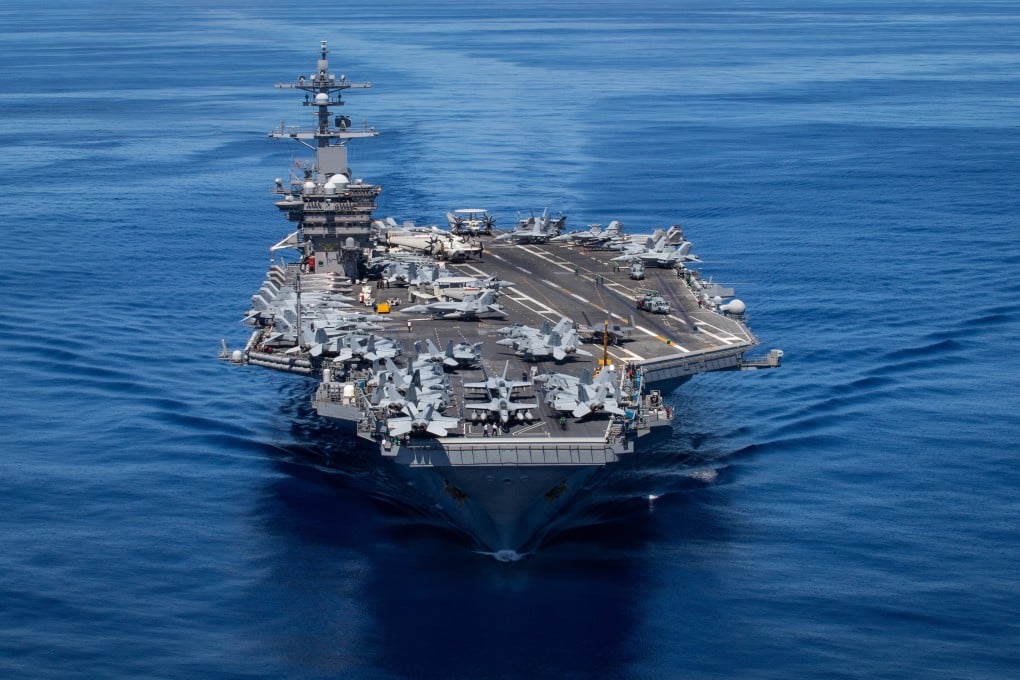Advertisement
As US launches huge Indo-Pacific drill, what’s the message to China?
- US Indo-Pacific Command exercise with Britain, Australia and Japan coincides with Chinese military training drills in parts of the South China Sea
- While some see a clear signal to adversaries including China on the US’ regional vigilance, a Chinese analyst is confident no bottom lines will be crossed
Reading Time:3 minutes
Why you can trust SCMP
57

The US has launched a large-scale, all-domain military exercise in the Indo-Pacific region with Britain, Australia and Japan – the first of its kind in more than four decades amid growing tensions with China.
The US Indo-Pacific Command exercise, which began on Monday and will run until August 27, involves the first large-scale naval and amphibious drills since America’s Ocean Venture exercises in 1981 with allies including the Nato nations during a new height in the Cold War.
It will signal to competitors that the American military “remains ready at the high end of warfare expressly because of its global operational commitments”, according to the US Navy.
Advertisement
The exercise coincides with Chinese military training drills in parts of the South China Sea from August 6 to August 10, as announced by the China Maritime Safety Administration on August 4. Safeguarding the freedom of navigation in these contested waters lies at the core of Washington’s Indo-Pacific strategy.
The Indo-Pacific Command exercise will incorporate forces from the US Army, Air Force, Navy and Marine Corps, alongside the British Armed Forces, the Australian Defence Force and Japan Self-Defence Force, a command statement said.
Advertisement
Advertisement
Select Voice
Choose your listening speed
Get through articles 2x faster
1.25x
250 WPM
Slow
Average
Fast
1.25x